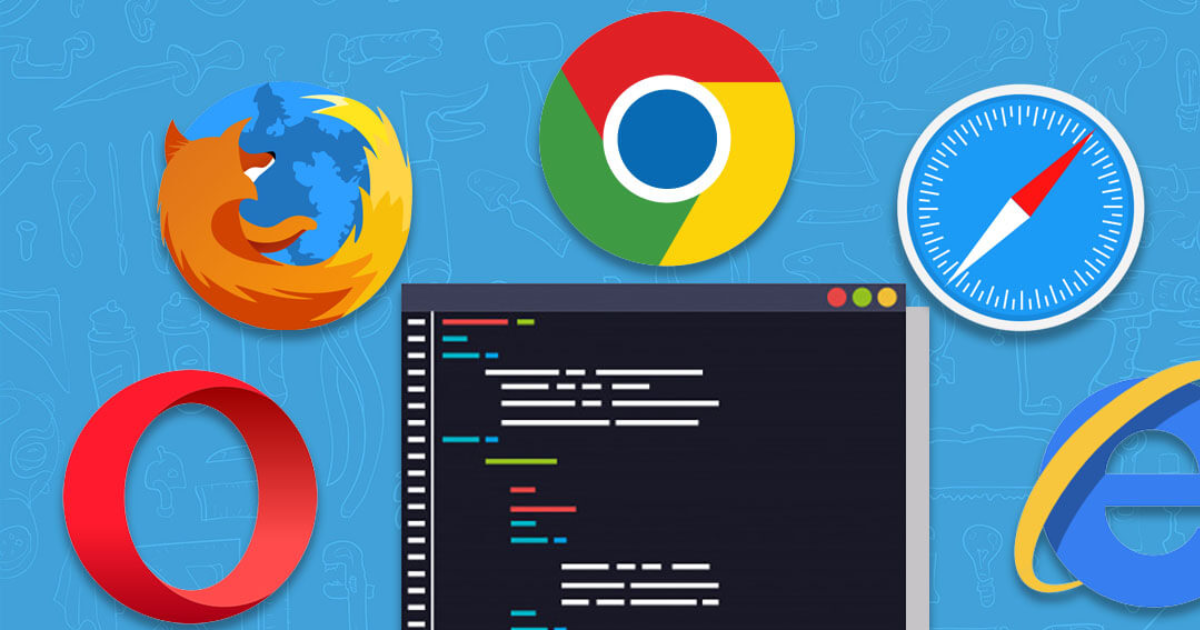Hey coding enthusiasts! Ready to dive into the web development world? It’s a thrilling journey, but let’s talk real for a second—some common missteps can trip you up, especially when you’re just starting. Today, we’re going to shine a light on five slip-ups that beginners often make. So, grab your coding gear, and let’s navigate this web development adventure together!
Friendly Designs for All: Embrace Responsiveness
In the tech whirlwind of 2021, it’s all about making your website friends with every screen out there. No more exclusivity—your site needs to look and work awesome on phones, laptops, and everything in between. It’s like tailoring a suit for different occasions but in web development! So, make sure your site is the cool kid that everyone wants to hang out with.
Browser Compatibility: Because Not Everyone Uses Chrome
Sure, Chrome is cool, but what about Firefox, Safari, or Edge users? Don’t play favorites! Make your website compatible with different browsers. It’s like speaking multiple languages so everyone can understand you. Throw in a bit of WebKit here, some Firefox love there, and voilà—your website is everyone’s best friend.

Neat and Tidy Code in Web Development
Coding is your art, and just like a masterpiece, it needs to be neat and organized. Say no to messy rooms, I mean code! Tools like Prettier and Brackets are like magical cleaning fairies—they keep your code tidy and your coding den clutter-free. Whether you’re a lone coder or part of a squad, organized code is the key to a stress-free coding life.
CSS Charm: Go Percentages, Wave Goodbye to Pixels
Picture this: You have a stunning image, and you want it to look amazing on every screen. Say no to fixed widths in pixels! Embrace percentages in your CSS, and watch your visuals adapt gracefully to different screens. It’s like having a wardrobe that fits you perfectly, no matter where you go.
JavaScript Libraries: Your Sidekick, Not Your Superhero
JavaScript libraries are like sidekicks—they’re cool and helpful, but they’re not the main superhero. Don’t lean on them too much in the beginning. Let JavaScript flex its muscles and show you what it’s made of. Trust us; it’s worth it!

Bonus Tip:
A fast website is a happy website. Don’t forget to optimize your images for speed. Compress those files, and make sure your users have a smooth ride, even with slower internet. It’s like serving up a speedy treat for your website visitors!
There you have it—the guide to steering clear of common pitfalls in web development. Share your thoughts, drop a like if these tips hit the spot, and stay tuned for more coding adventures in our next blog post!
Frequently Asked Questions (FAQs)
What are common pitfalls to avoid in web development?
Embarking on a web development journey is exciting, but potential pitfalls can hinder progress. Common challenges include inadequate planning, overlooking cross-browser compatibility, neglecting mobile responsiveness, and underestimating security measures. To ensure a smoother path, prioritize comprehensive planning, thorough testing, and adherence to best practices.
How can I prevent security vulnerabilities in web development?
Security is paramount in web development. Avoid pitfalls by regularly updating software, incorporating secure coding practices, validating user inputs, and implementing HTTPS. Conducting regular security audits, staying informed about the latest threats, and adopting a proactive approach to patching vulnerabilities are essential steps to fortify your web applications against potential breaches.
What steps can be taken to ensure optimal website performance?
Answer: Achieving optimal website performance requires avoiding pitfalls such as excessive use of large media files, inefficient coding, and neglecting caching mechanisms. Optimize images, minimize HTTP requests, utilize content delivery networks (CDNs), and implement efficient coding practices. Regularly monitor and analyze website performance to identify and address potential bottlenecks.
How important is user experience in web development, and what mistakes should be avoided?
User experience (UX) is crucial for the success of any website. Avoiding pitfalls include complex navigation, slow loading times, inconsistent design, and neglecting accessibility. Prioritize intuitive navigation, optimize website speed, ensure a cohesive design across all pages, and make your site accessible to users with disabilities. Regularly gather user feedback to enhance the overall user experience continually.
Related Articles:









